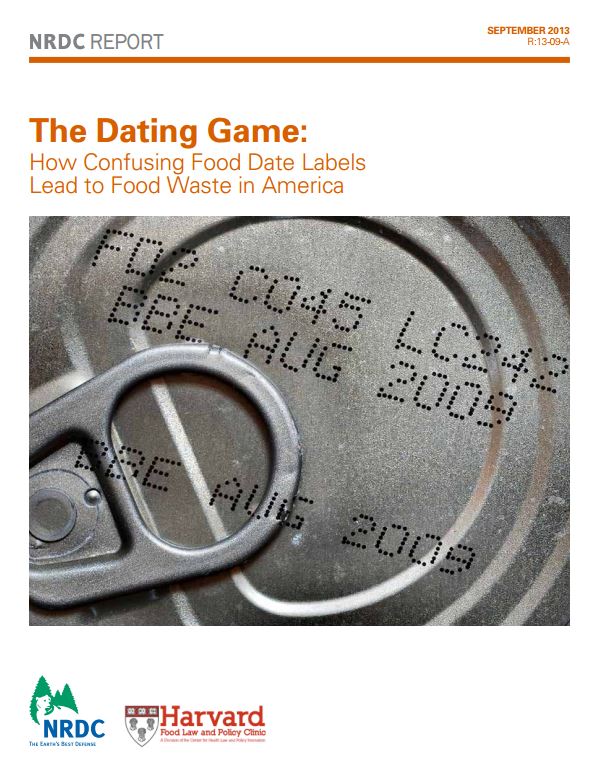In a previous post (Focus on Food Waste: Product Label Date Dilemma), I wrote about the lack of consistency and clarity surrounding date labels placed on food products, and how the resulting confusion among consumers contributes to foods being thrown out unnecessarily. Consumers often misinterpret labels with “Sell By,” “Best if Used By,” or “Expires on” dates. This factor in food waste generation may be greatly reduced in the near future, thanks to the efforts of two influential food industry organizations.
The Grocery Manufacturers Association and the Food Marketing Institute are advising members to stop using many of these date labels, which typically have much more to do with peak product quality than food safety. Because these organizations collectively include most major food manufacturers and retailers, the impact of this guidance could be significant. They’re asking members to stop using “Sell By” or “Expires on” labels, and use only a “Best if used by” label on most foods to indicate a date beyond which peak quality has passed but food is still safe to eat, or a “Use by” date on products that may genuinely become less safe to eat with age. The groups are encouraging members to begin phasing in this common labeling practice with “widespread adoption urged by the summer of 2018.” This action seems to have been spurred by USDA guidance at the end of 2016, which recommended a universal “Best if Used By” label on food products to minimize consumer confusion.
For more information, see the GMA press release, “Grocery Industry Launches New Initiative to Reduce Consumer Confusion on Product Date Labels.” See also “The Dating Game: How Confusing Food Date Labels Lead to Food Waste in America,” a 2013 report from the Natural Resources Defense Council and the Harvard Food Law and Policy Clinic which first shown a national spotlight on this issue.


